In My Solo Travels, I Discovered 8 Cities Perfect For Exploring On Foot + 5 That Were A Transit Nightmare
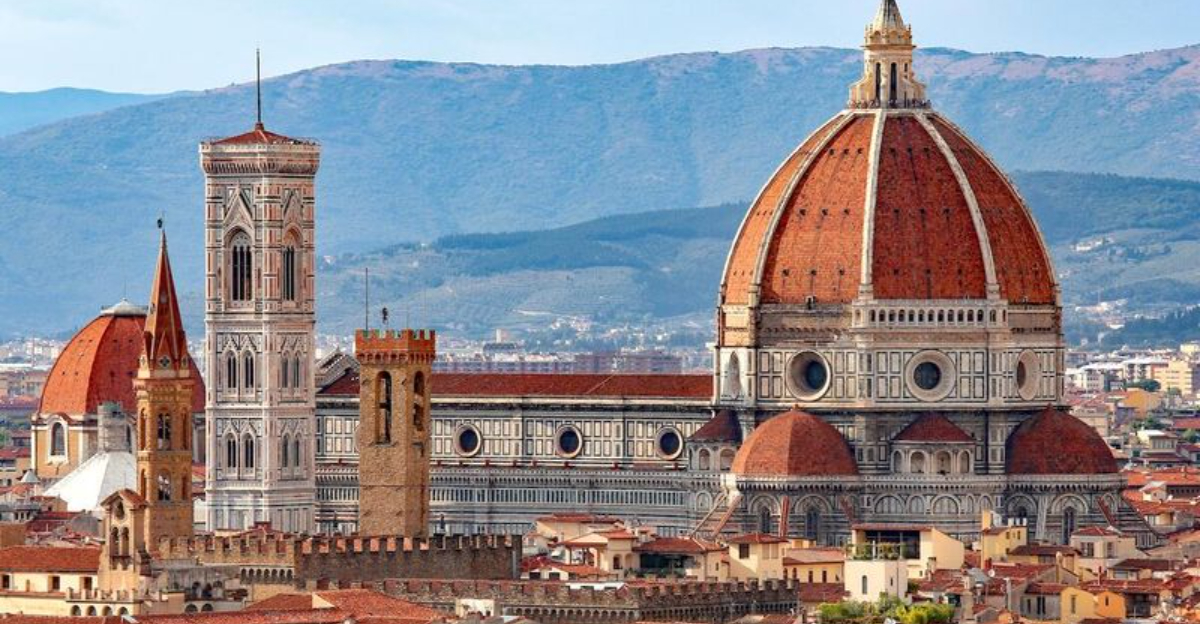
Solo traveling opened my eyes to how some cities welcome pedestrians while others seem designed to frustrate them. Walking through a new place lets you discover hidden gems, interact with locals, and truly absorb the culture.
After years of wandering streets worldwide, I’ve compiled my personal list of the most foot-friendly cities and those where getting around felt like an Olympic challenge.
1. Kyoto’s Ancient Pathways

Narrow alleyways wind between wooden machiya houses, revealing hidden temples when you least expect them. Kyoto rewards curious feet with atmospheric discoveries impossible to experience from a bus window.
The former imperial capital maintains walkable neighborhoods connected by efficient buses when distances grow too great. Philosopher’s Path and Gion district particularly shine for meandering explorers.
2. Amsterdam’s Canal-Crossed Charm

Cobblestone paths trace alongside glittering waterways where houseboats gently bob. The compact city center invites exploration with every bridge offering a new perspective and photo opportunity.
Amsterdam’s layout forms a perfect pedestrian playground. The Jordaan and Nine Streets neighborhoods particularly delight walkers with their quirky shops and cozy cafés tucked between 17th-century canal houses.
3. Lisbon’s Hilly Hideaways
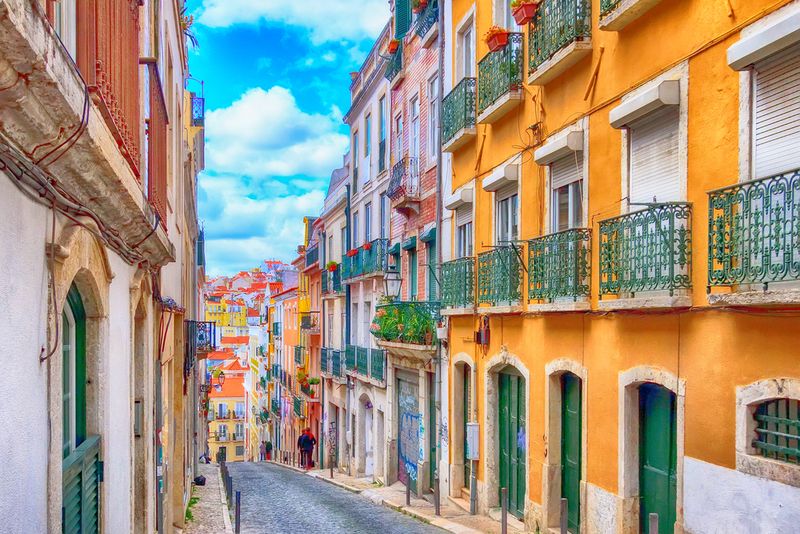
Steep climbs reward persistent explorers with breathtaking viewpoints over terracotta rooftops and the sparkling Tagus River. The workout is worth it for these postcard-perfect vistas! Lisbon’s neighborhoods each maintain distinct personalities best discovered on foot.
Alfama’s labyrinthine lanes reveal fado music spilling from tiny doorways, while Bairro Alto transforms from sleepy daytime streets to vibrant nightlife hub as evening falls.
4. Quebec City’s European Flavor
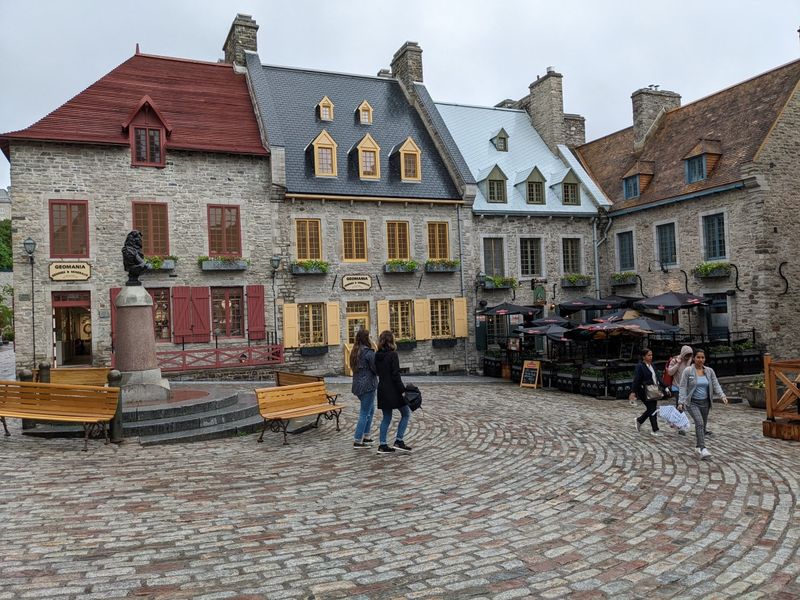
Stone-walled pathways transport wanderers to a pocket of Europe in North America. The fortified old town delivers charming surprises around every corner without requiring a transatlantic flight. Quebec City’s Upper and Lower Towns connect via staircases offering increasingly spectacular views.
Petit-Champlain district especially captivates with its pedestrian-only streets lined with boutiques, galleries and cafés serving maple-infused everything.
5. Hoi An’s Lantern-Lit Streets
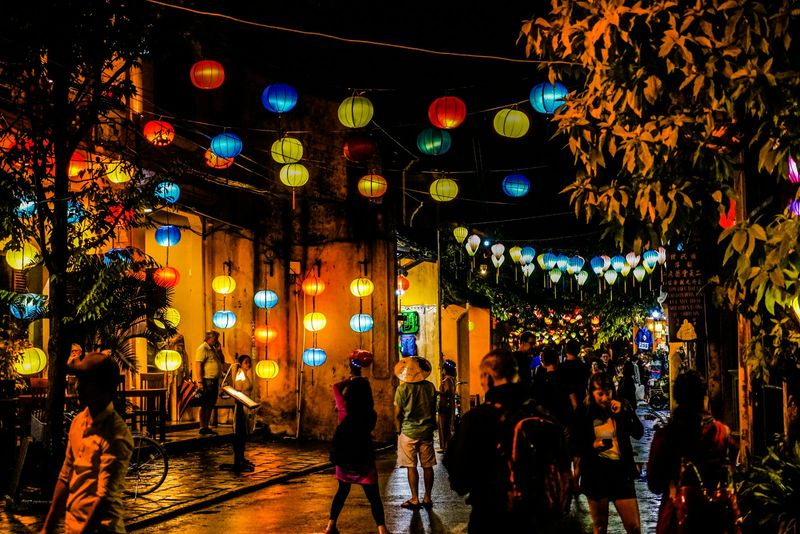
Ancient trading port ambiance remains perfectly preserved in this Vietnamese gem. Traffic-free zones allow visitors to fully appreciate the architectural fusion of Chinese, Japanese and European influences without watching for motorbikes.
Hoi An transforms magically at sunset when colorful silk lanterns illuminate the pedestrian-only Ancient Town. The Thu Bon riverfront promenade offers perfect people-watching opportunities while sampling street food from walkable vendor stalls.
6. Edinburgh’s Storied Stones

Medieval passageways called ‘closes’ branch mysteriously from the Royal Mile, beckoning curious explorers into forgotten corners of history. Ghost tours become extra atmospheric when experienced on foot in this legendarily haunted city.
Edinburgh’s compact Old Town and Georgian New Town offer completely different walking experiences within minutes of each other. The city rewards elevation changes with dramatic castle views appearing unexpectedly as you navigate its multi-level layout.
7. Vancouver’s Nature-City Balance
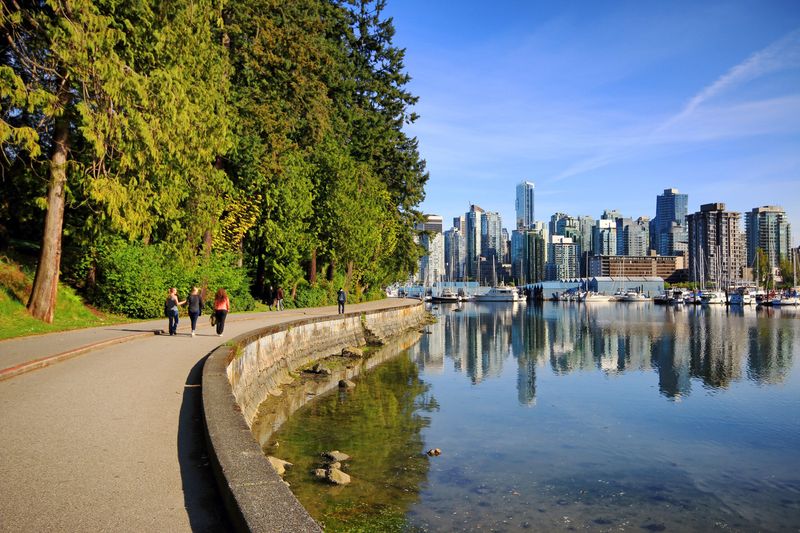
Urban seawall paths connect downtown skyscrapers to temperate rainforest within a single afternoon stroll. Few cities offer such seamless transitions between metropolitan energy and natural tranquility. Vancouver’s walkability extends beyond Stanley Park’s famous circuit.
The West End neighborhood delights pedestrians with tree-lined streets leading to hidden beaches, while Granville Island’s market becomes a sensory adventure when explored unhurriedly on foot.
8. Florence’s Renaissance Treasures
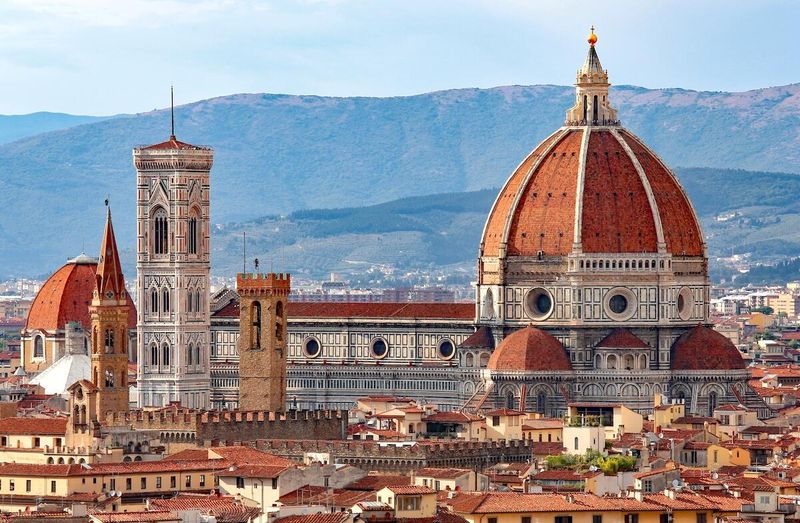
Medieval streets unfold like chapters in a history book, each turn revealing artistic masterpieces and architectural wonders. The compact historic center places most attractions within a delightful 20-minute walk of each other.
Florence feels designed for wandering feet. Cross the iconic Ponte Vecchio in the morning light, then lose yourself in the less-touristed Oltrarno district where artisans still practice centuries-old crafts in tiny workshops.
9. Los Angeles’ Car-Required Culture

Endless boulevards stretch between disconnected attractions with minimal sidewalk infrastructure. What looks deceptively close on maps often requires hour-long transit connections or expensive rideshares. Los Angeles developed around automobile transportation, leaving pedestrians as afterthoughts.
Even promising areas like Venice Beach become islands of walkability surrounded by transit deserts, making comprehensive exploration without a vehicle nearly impossible.
10. Cairo’s Chaotic Crossings
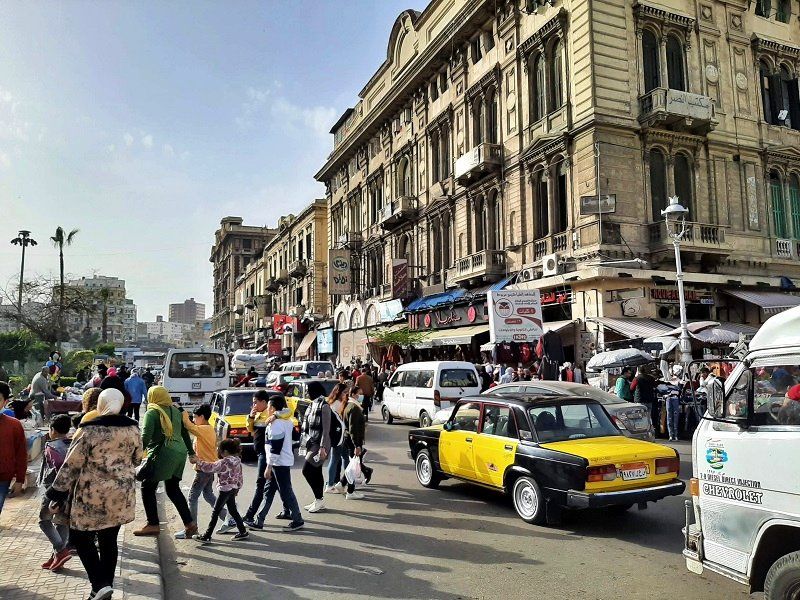
Impromptu traffic rules create heart-stopping moments for pedestrians brave enough to attempt street crossings. Sidewalks frequently disappear without warning, forcing walkers directly into traffic flowing with creative interpretations of lane markings.
Cairo’s fascinating historical sites often require navigating urban obstacle courses to reach. The constant negotiation with aggressive drivers, street vendors, and unexpected obstacles transforms simple journeys into exhausting adventures.
11. Bangkok’s Sidewalk Surprises
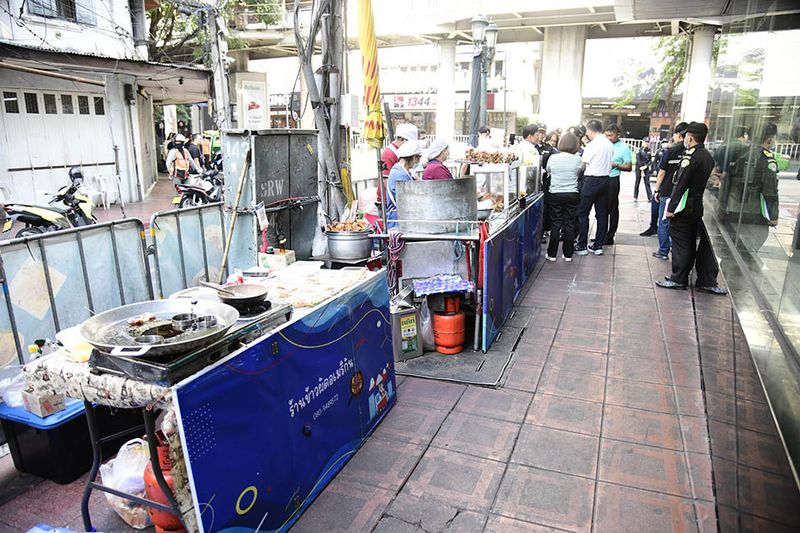
Uneven pavement suddenly transforms into impromptu food stalls, forcing pedestrians into streets teeming with tuk-tuks and motorbikes. Maps become merely optimistic suggestions as walkways end abruptly or detour through unexpected markets.
Bangkok’s sidewalk ecosystem operates by its own fascinating but frustrating rules. What Google suggests as a 15-minute walk often becomes an hour-long adventure through unofficial markets, around parked vehicles, and across canals with limited crossing options.
12. Houston’s Highway Labyrinth
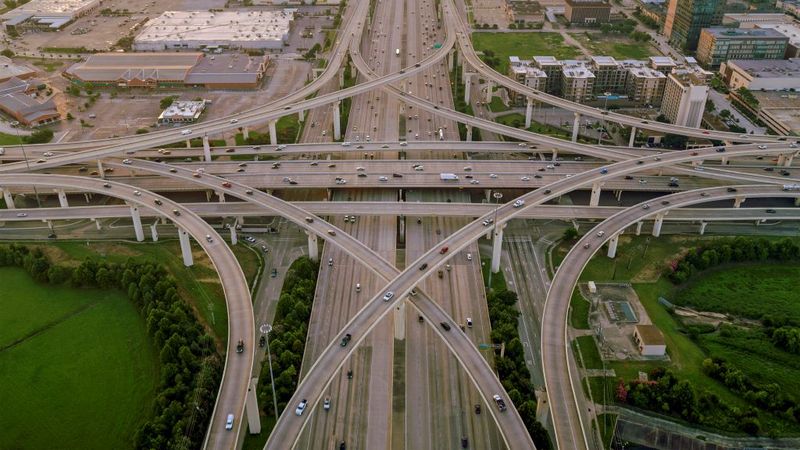
Massive freeway interchanges create pedestrian dead zones stretching for miles. The sprawling Texas metropolis seemingly designed its infrastructure to actively discourage walking, with basic errands requiring vehicular transportation.
Houston’s car-centric planning becomes immediately apparent when attempting foot travel between attractions. Even dedicated pedestrian areas like Hermann Park become isolated islands requiring transportation connections, with summer heat adding another challenging dimension.
13. Manila’s Pedestrian Puzzles

Overhead walkways provide the only safe crossing options above streets packed with jeepneys and seemingly endless traffic jams. Finding continuous sidewalks becomes a treasure hunt through neighborhoods where pedestrian infrastructure appears as an afterthought.
Manila’s walkability challenges stem from rapid development without corresponding infrastructure. The megacity offers fascinating cultural experiences but requires strategic planning and patience from those attempting to navigate between attractions on foot.
